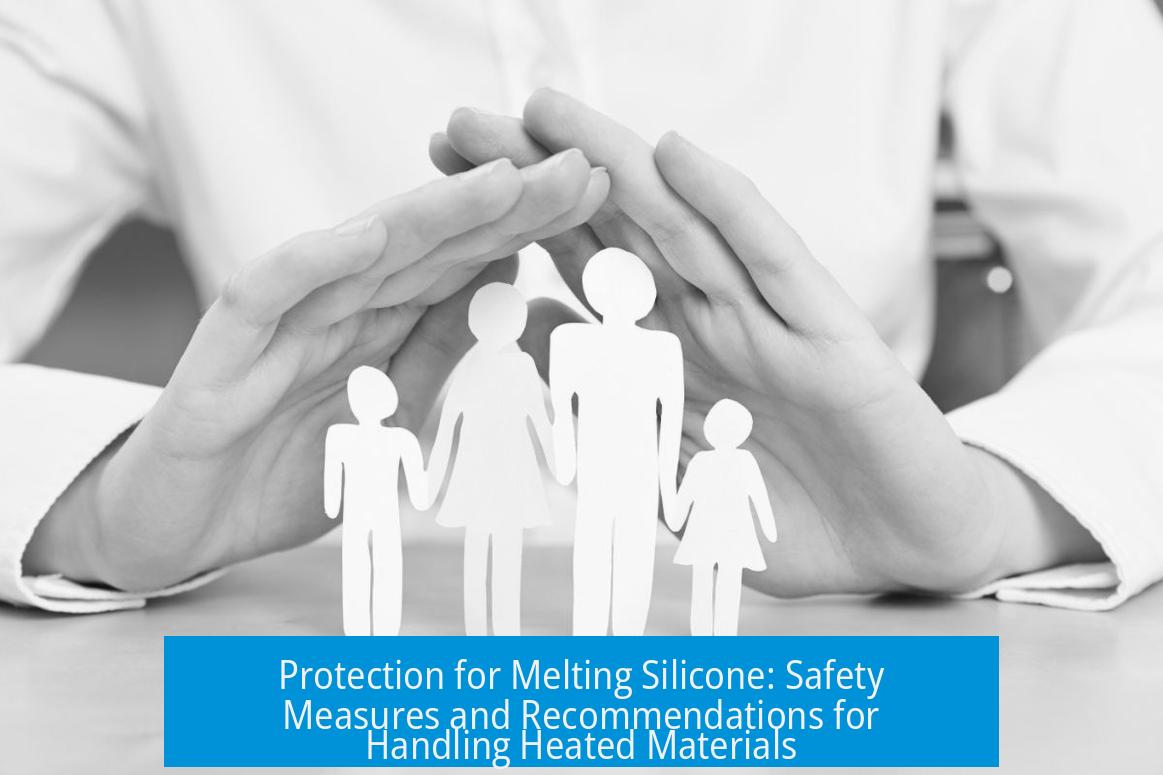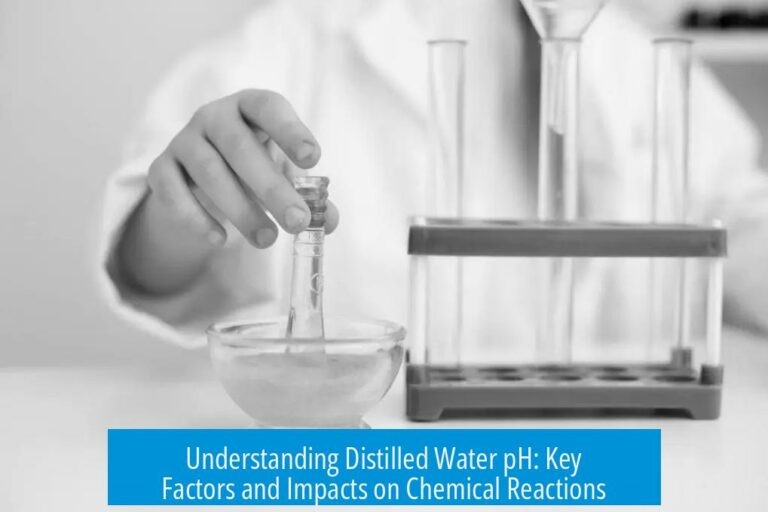Protection for Melting Silicone

Silicone does not melt but degrades at very high temperatures. Because silicone is a thermoset, it hardens permanently after curing and cannot be re-melted or softened by heat. This fundamental property means that any attempt to “melt” silicone involves exposing it to temperatures exceeding 500°F (260°C), which leads to chemical breakdown rather than a phase change.
Understanding Silicone’s Thermal Behavior
- Silicone is a thermoset polymer, which means once cured, it cannot be reshaped by heating.
- Instead of melting, silicone degrades chemically at high temperatures above 500°F.
- Before curing, silicone is moldable and can be shaped, but this ability ends once it sets.
Protective Measures When Handling Heated Silicone
Because silicone degrades rather than melts, “melting” it usually results in toxic fumes and volatile compounds. Protection focuses on managing these risks safely.
- Maintain proper ventilation or use a fume hood to prevent inhaling harmful vapors.
- Work in well-ventilated areas to dissipate volatiles from silicone rubber.
- Wear suitable personal protective equipment to avoid burns from heating tools or degraded silicone surfaces.
Primary Hazards and Safety Concerns
The most significant risk comes from burns caused by high temperatures required to degrade silicone, rather than chemical toxicity alone. Handling the material with care and using heat-resistant gloves reduces this danger.
Different silicone formulations may vary in their thermal and chemical behavior. Users should identify the specific silicone type when possible, as proprietary blends may emit unknown substances.
Key Recommendations
- Do not expect to melt silicone for reshaping; use mechanical or chemical means instead.
- Always handle heated silicone in a fume hood or well-ventilated area.
- Use protective gloves and eye protection to guard against burns and vapors.
- Consult material data sheets to understand the specific silicone’s degradation profile.
Summary
- Silicone is a thermoset polymer that hardens permanently and does not melt.
- It degrades at very high temperatures, releasing volatiles that require ventilation.
- Main safety risk is burns from heat, not melting or traditional chemical hazards.
- Proper ventilation, protective gear, and understanding material properties ensure safe handling.





Leave a Comment